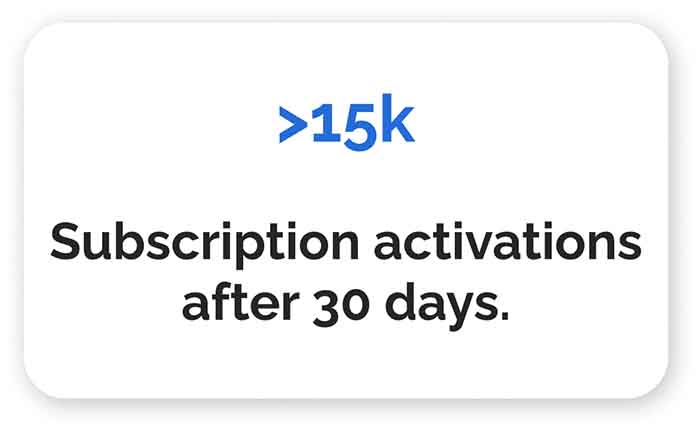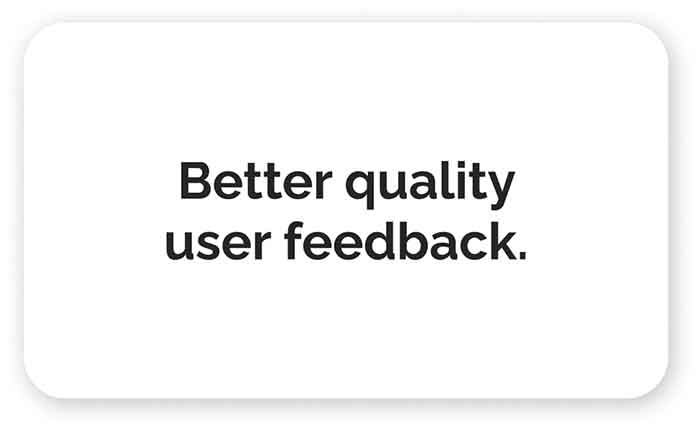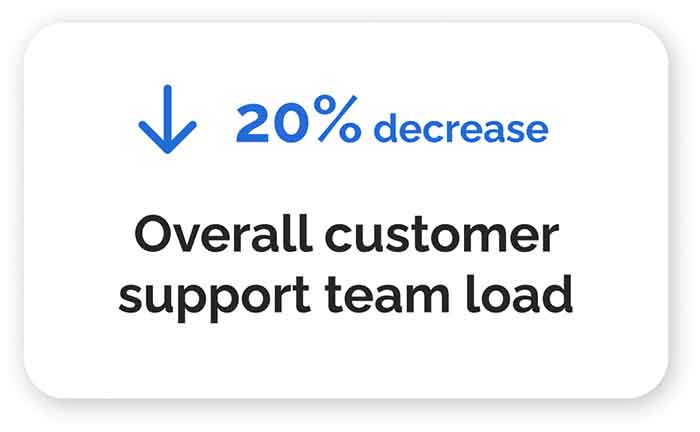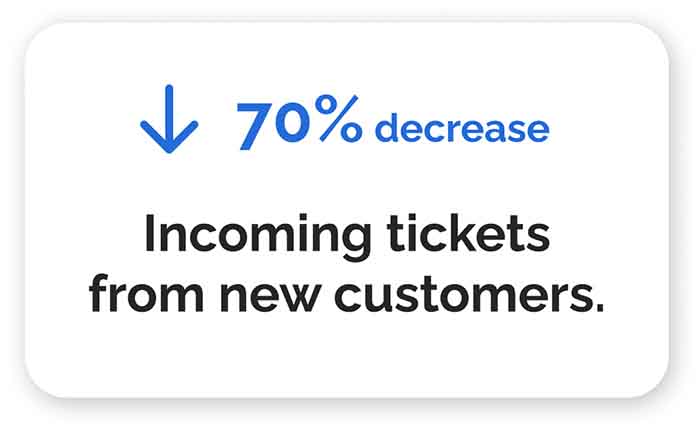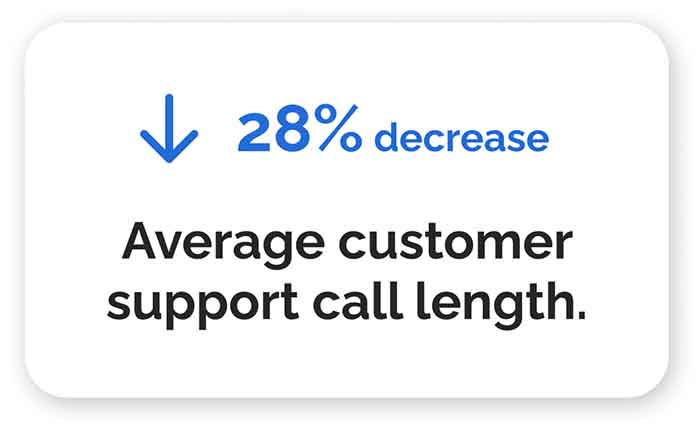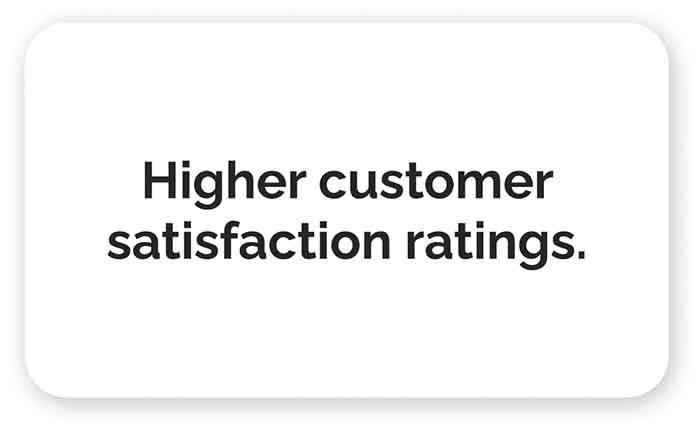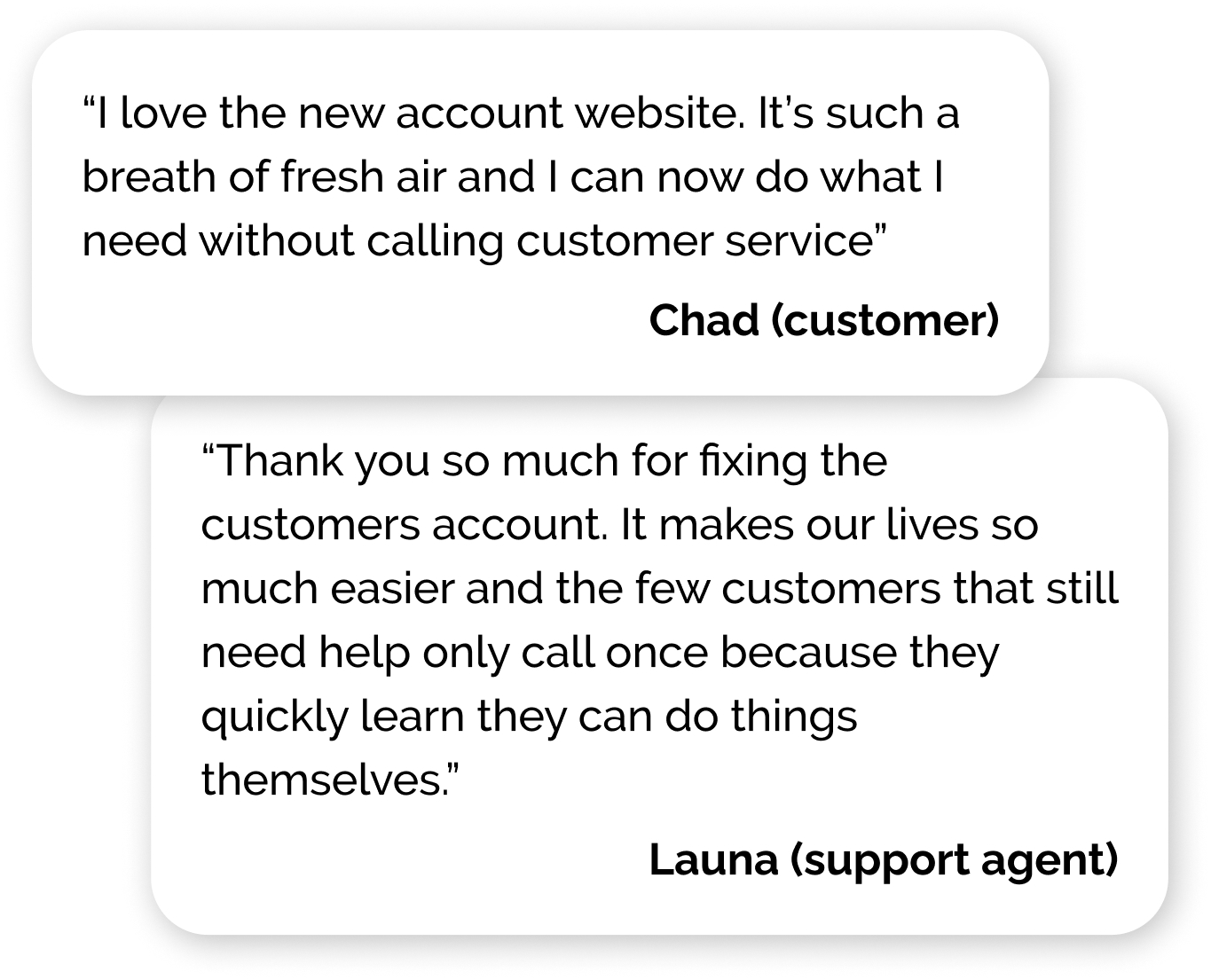
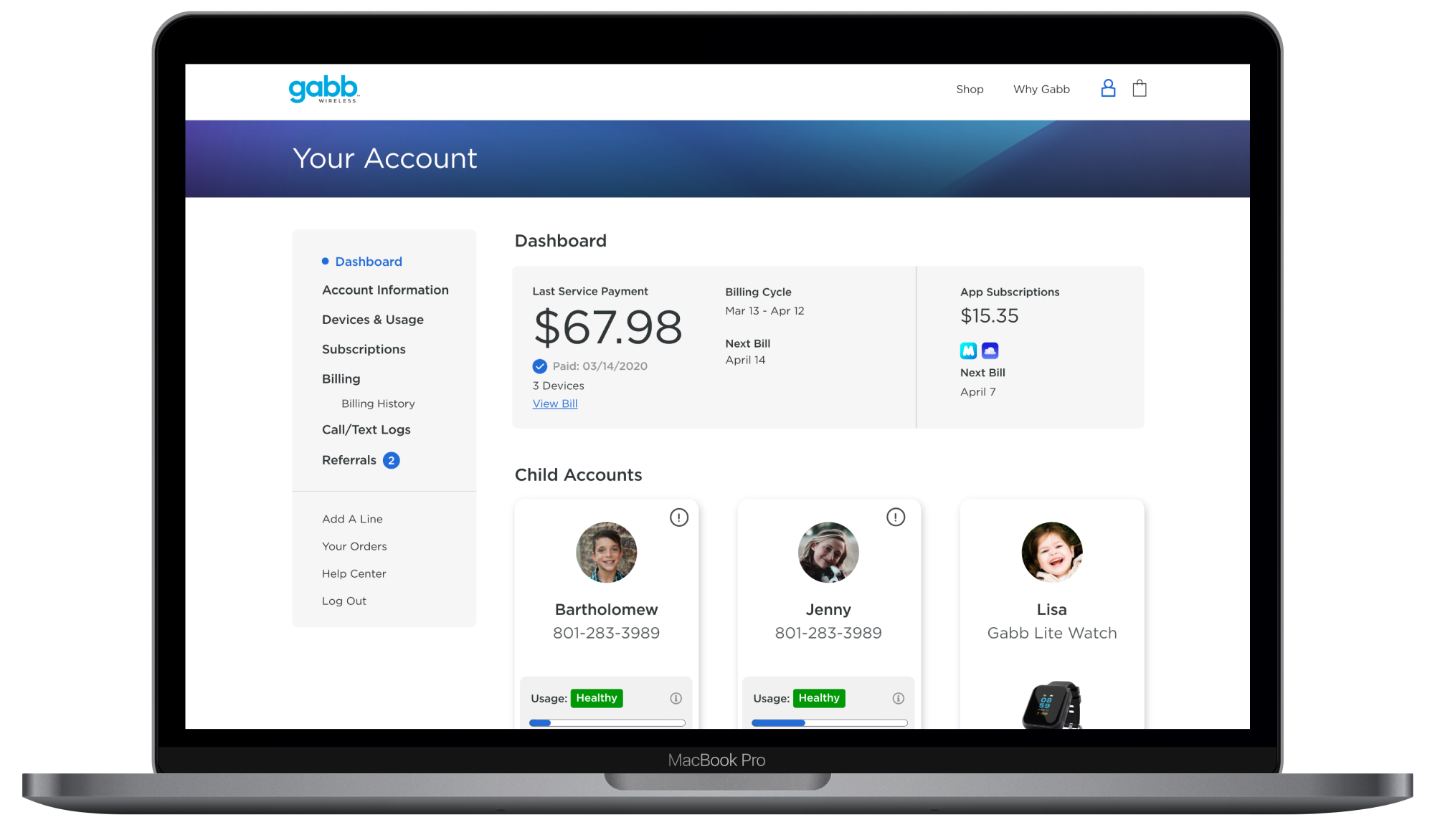
What is Gabb Wireless?
Gabb wireless is a mobile service provider that creates safe kids smartphones with no internet access, social media, or games. This enables you to contact your child without worrying about them being exposed to the negative effects of other smartphones.
Here’s where I came in
I joined Gabb wireless in 2020. I was first product design hire in a company that only understood marketing and engineering. This meant there was a huge paradigm shift I had to instill into the marketing and engineering heavy culture.
My first task? Establish an expectation of value that product & design thinking could provide. Here’s how I did it.
Background information
In 2021, Gabb Wireless aimed to double their ARR based on their current growth projections. Unfortunately they didn’t have the infrastructure to handle the growth. I did some interviews with the leaders, engineers, and customer support team to identify the bottlenecks and then propose improvements.
My role
- Design
- Research
- Product management
Others involved
- 3 backend engineers
- 2 frontend engineers
What did I find?
Business needs I discovered:
1.
Company had limited monetization infrastructure
The company only had the ability to support phone service plans. They had digital products on the roadmap but couldn’t support digital subscription billing.
2.
Customer support costs were out of control.
Excessive customer support overhead costs were hurting the companies ability to grow sustainably. Part of this was because customers had no self-help tools.
“The customer support team growth was unsustainable based on the rate of customer needs that could be done autonomously.”
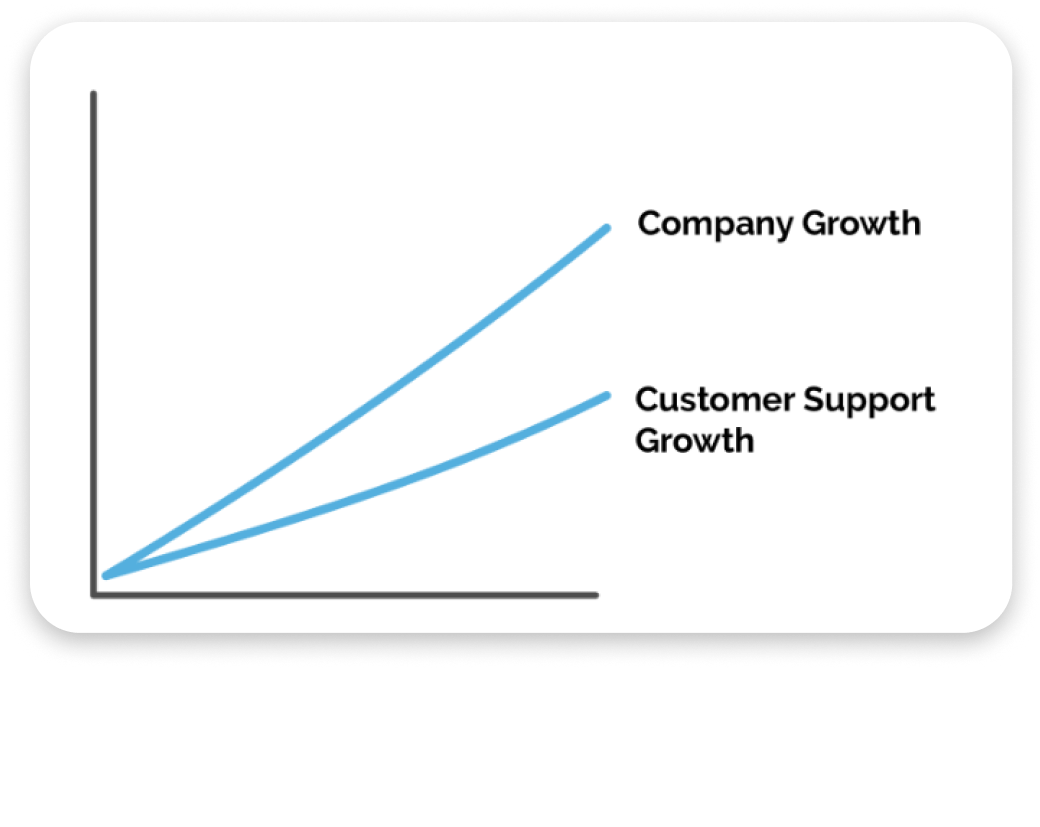
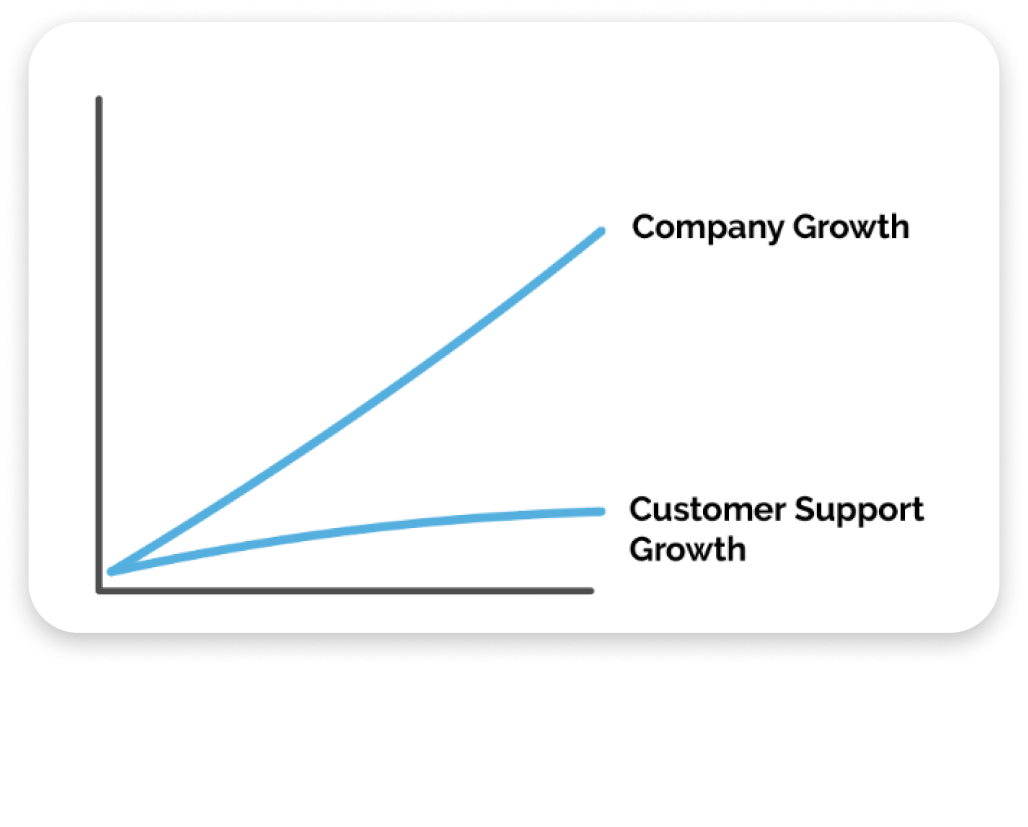
Customer problems:
1.
Customer web accounts had a terrible UX
The customer web accounts were difficult to use and lacked expected functionality. This was causing customers to contact live support agents for even the smallest problems.
2.
Difficult product onboarding & activation process.
The set up processes for onboarding and activating devices was cumbersome. Customers also wanted to more easily manage their kids usage.
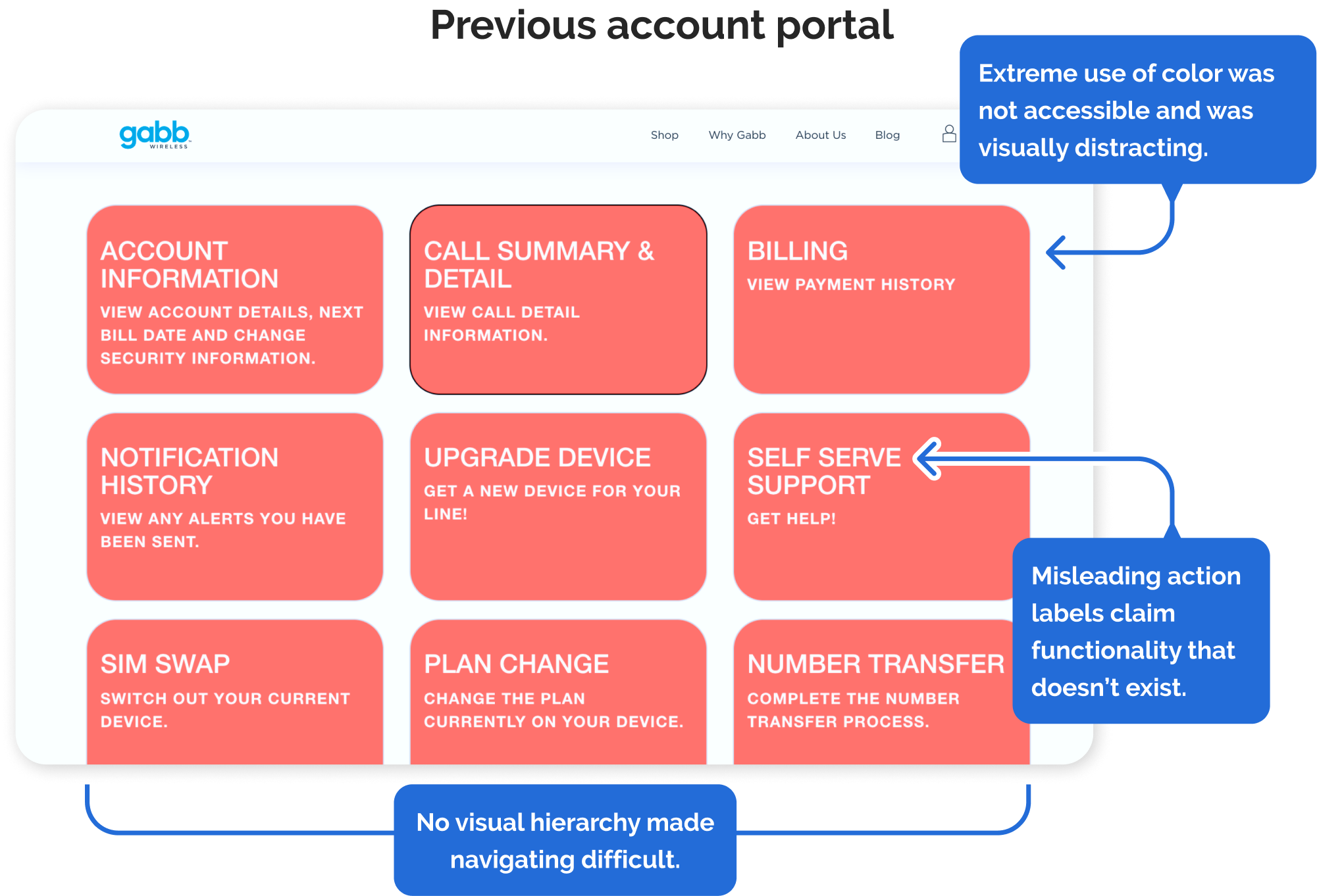
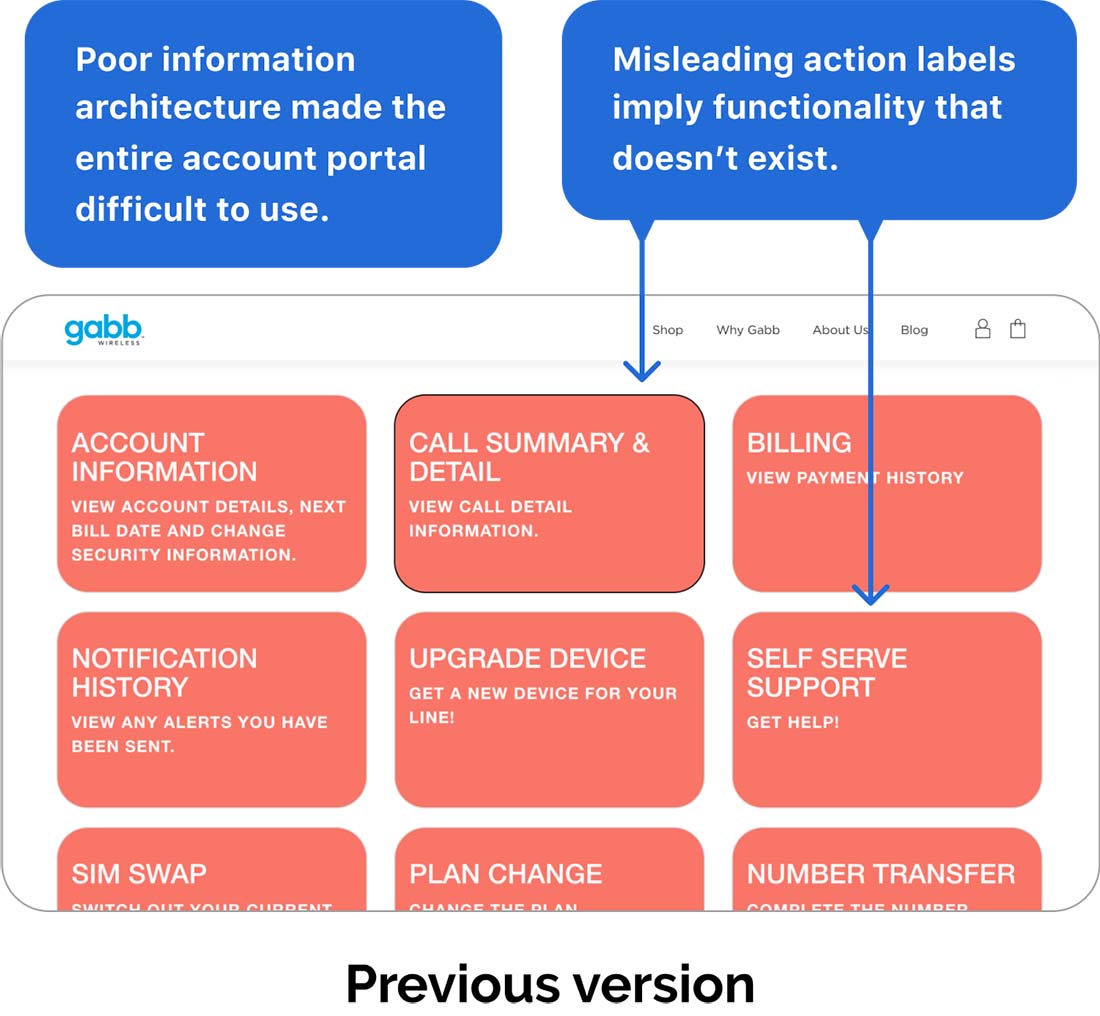
The solution?
A full redesign was required
Since the existing customer web account had no information architecture and misleading actions it needed a full redesign. There were similar costs to making small design changes as rebuilding the entire platform in-house, but the latter gave a much larger impact opportunity.
What features to add in the MVP?
I reviewed the primary reasons people were contacting customer support to make sure we were focusing on the largest customer needs. I narrowed them down by which provided the opportunities to decrease overhead costs quickly.

Information architecture
Based on the user demographic, and tree tests I ran, I found that if the IA was any more than 2 levels deep, it would have created too much complexity for users which are mostly middle age parents.
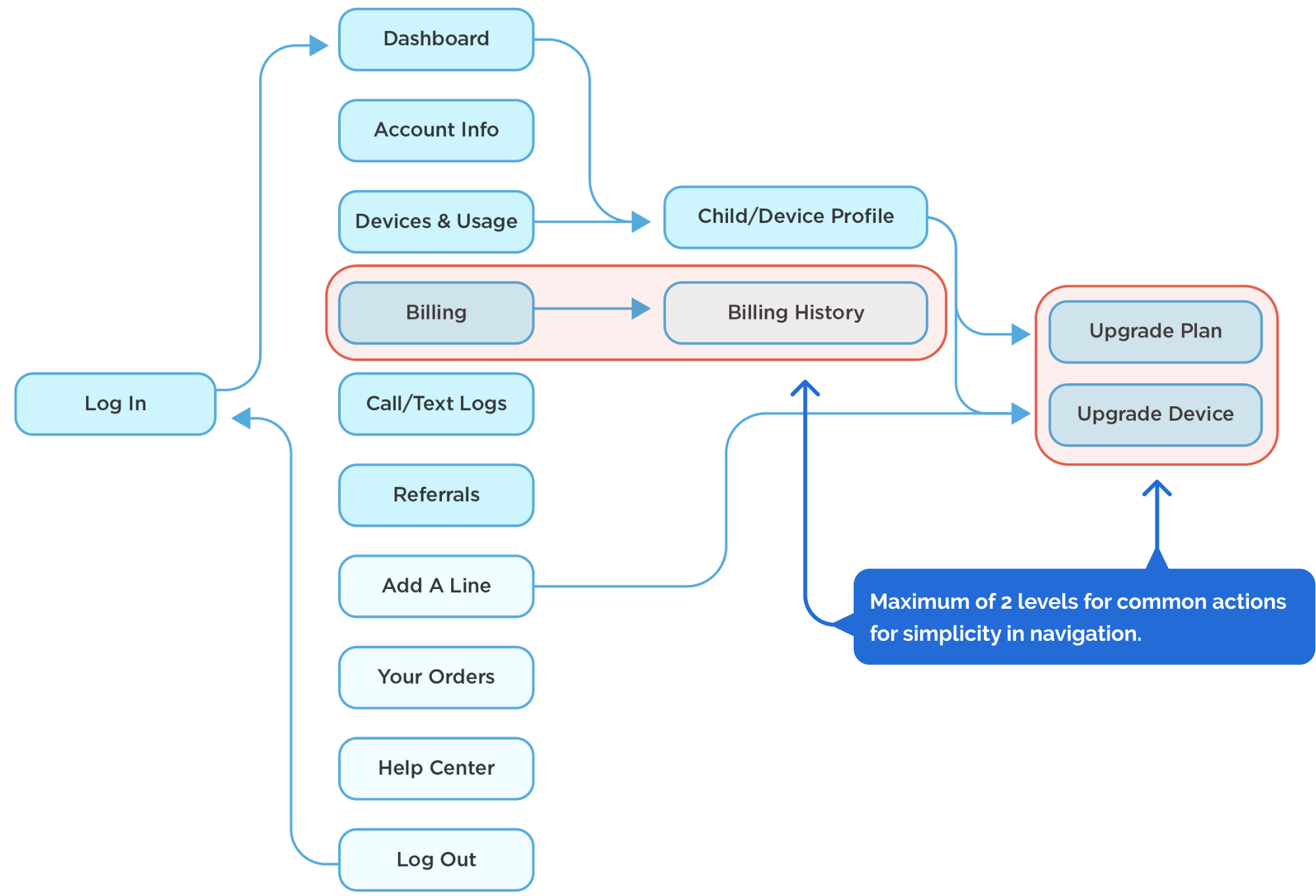
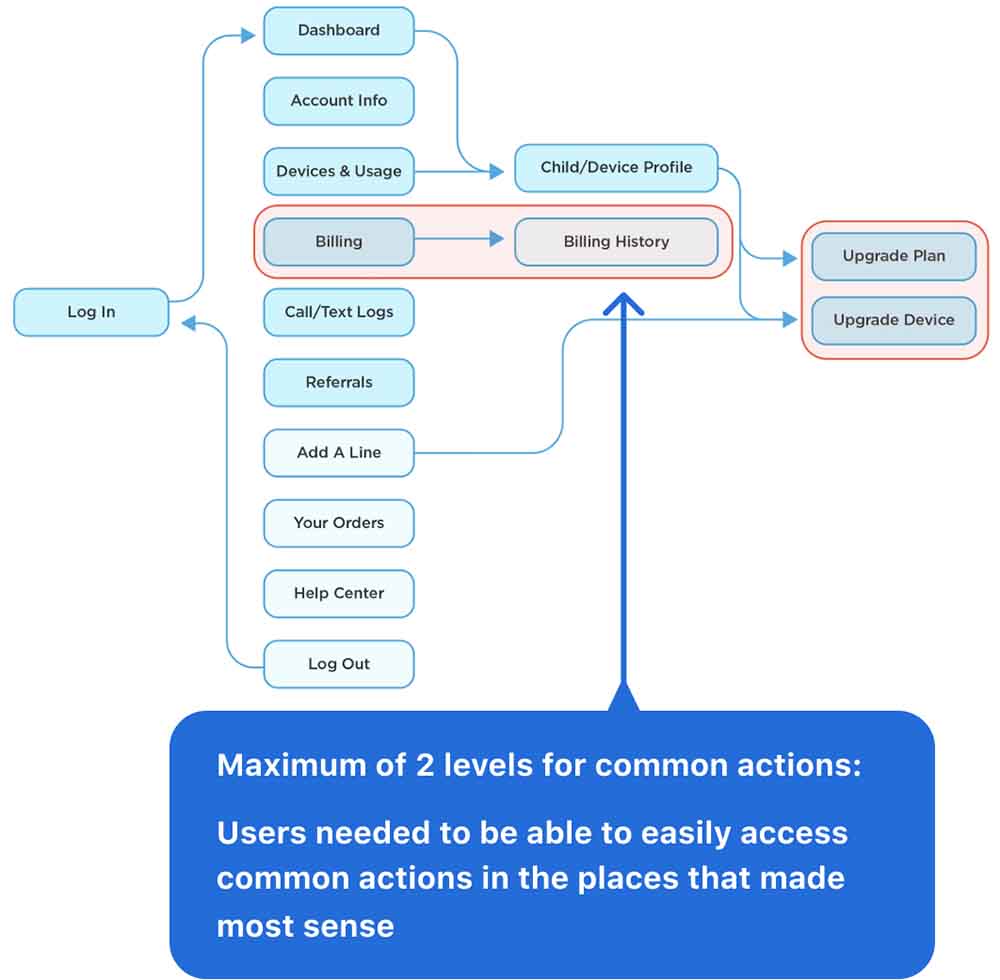
Shipped dashboard
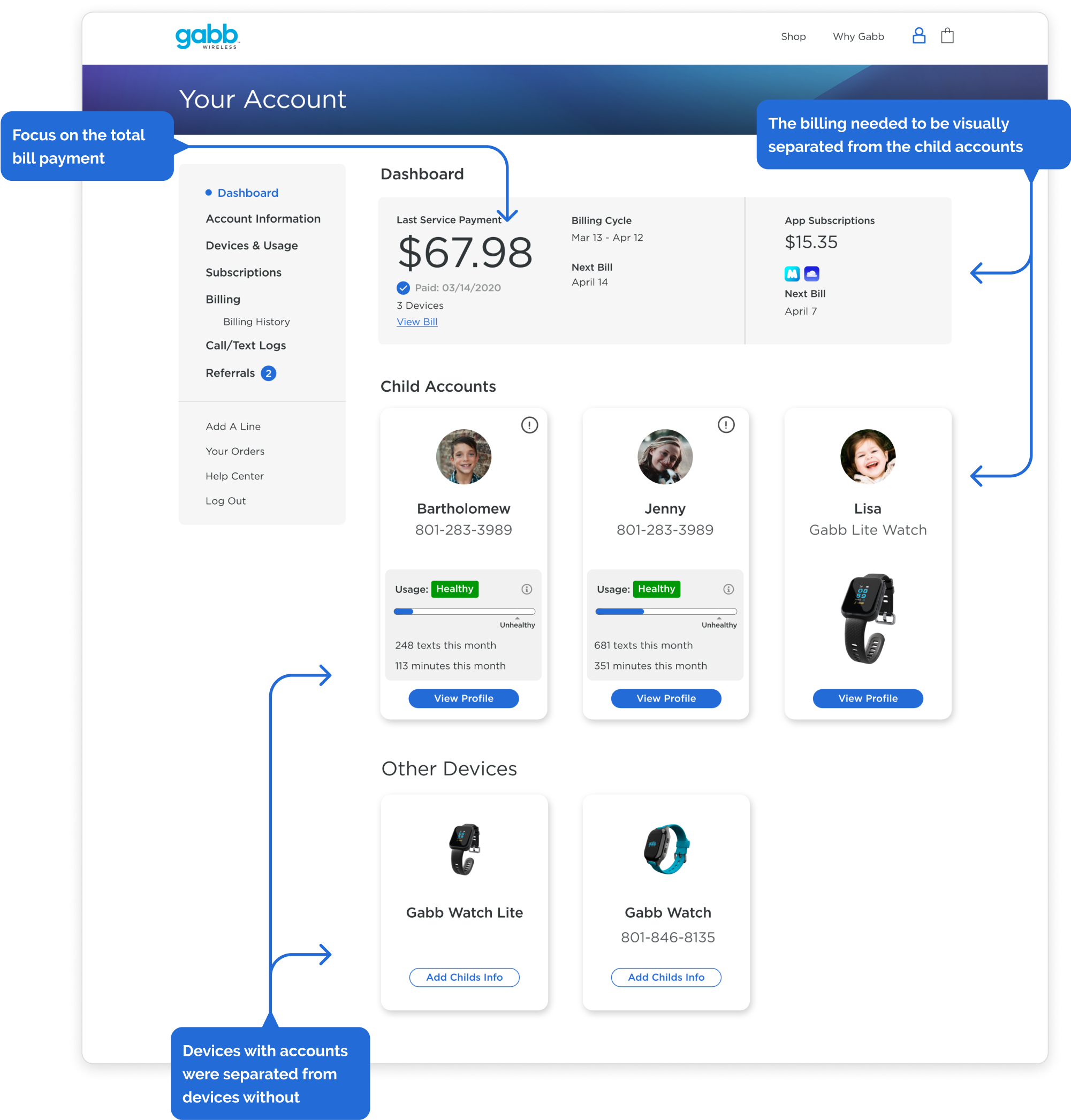
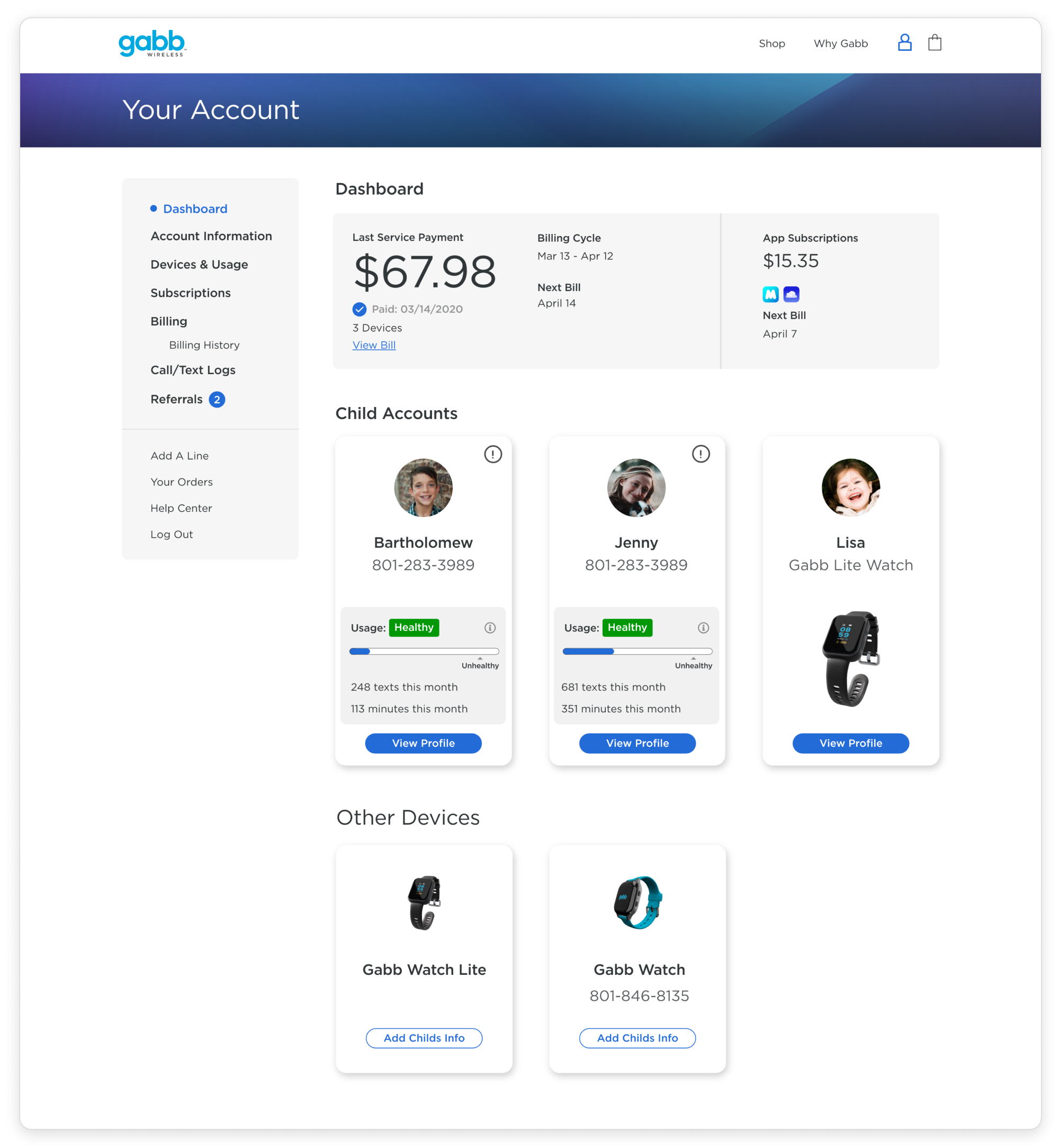
Results
